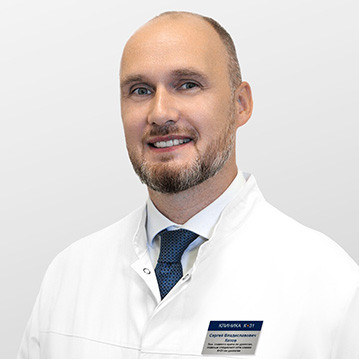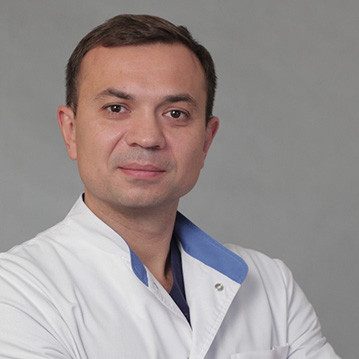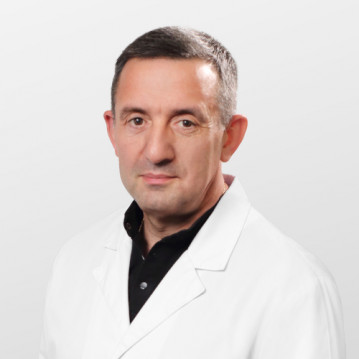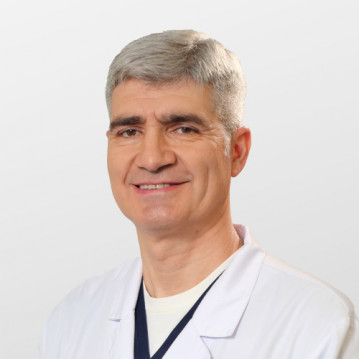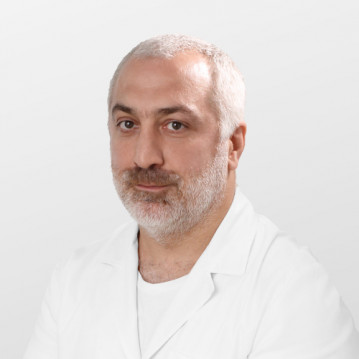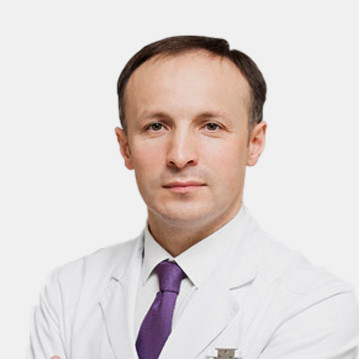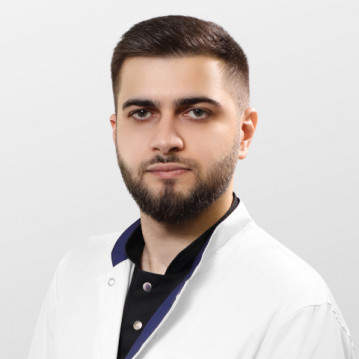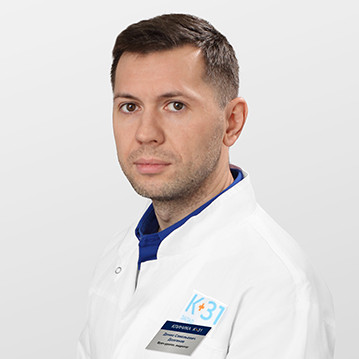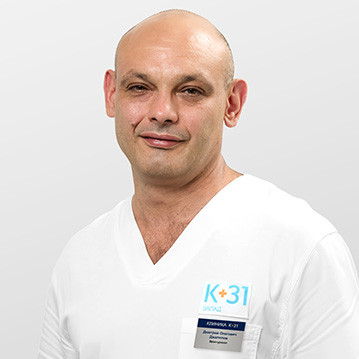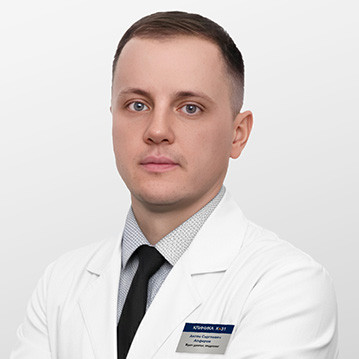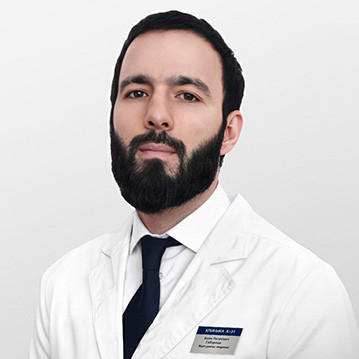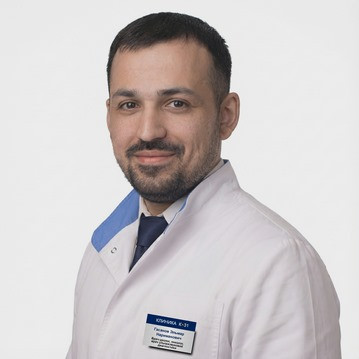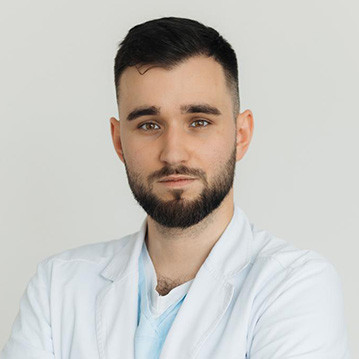Men at any age are susceptible to pathologies, but most often clinical cases are diagnosed in the period from 18 to 35 years. The course of the disease is usually rapid with a high intensity of clinical manifestations. If you notice the first signs, you should immediately consult a doctor.
What is orchitis?
Orchitis is an inflammation of the testicle, which is acute or chronic, depending on the duration of the pathogenesis. In 90% of cases, the inflammatory process is initially localized in the epididymis, then a combination of orchitis-epidymitis is diagnosed. The disease is usually unilateral, but with an unfavorable course, it can affect the testicular tissues of two testicles.
Reasons
Inflammation of the testicle in men develops due to various prerequisites. However, in most cases, the etiology is due to the penetration of pathogenic microflora, the immune response to which is inflammation.
The causative agents of the infectious type are:
- viruses (Coxsackie, mumps, measles, rubella in the post-immunization period);
- bacteria (E. coli, enterobacteria, etc.);
- fungi;
- parasites (schistosomes, dirofilaria).
Orchitis in children under 15 years of age is most often of a viral nature (in 20-30% of cases this is a complication of mumps), less often associated with systemic, oncohematological pathologies, as well as congenital anomalies (ectopic ureter, etc.).
Inflammation of the testicles in men at the peak of sexual activity is often the result of sexually transmitted infections: ureaplasmosis, trichomoniasis, chlamydia, syphilis, gonorrhea, etc. In addition, orchitis in men can develop due to urological diseases, when a bacterial infection penetrates into the testicular tissues from foci located in adjacent structures of the urogenital tract: vesicles, prostate, appendages.
The causes of non-infectious etiology are defined:
- taking certain medications;
- injury to the scrotum and other organs of the small pelvis, leading to stagnation of blood;
- Surgical interventions, urological (catheter placement, bougienage) or diagnostic manipulations, as a result of which the mucous membranes were damaged.
Predisposing factors for orchitis include HIV, diabetes, autoimmune diseases, hypothermia.
Pathogeny
The penetration of the infection often occurs along the urogenic or hematogenous route. In the first case, the process of inflammation is associated with dysfunctions of the seminal tubercle. Normally, this formation prevents the ejection of urine into the genital tract during urination. However, when the ejaculatory ducts are not completely blocked, infected urine enters them, contributing to the further spread of pathogens up to the testicle.
The hematogenous mechanism of pathogenesis is due to an increase in the permeability of the hematotesticular barrier that protects spermatozoa from active immune blood cells. With a decrease in the barrier function, the negative microflora, together with blood cells, enters the organ and provokes inflammation.
In some cases, testicular orchitis develops along the vacation path or through the lymph flow.
Pathogenesis of a non-infectious nature occurs when the patency of the vas deferens is impaired due to surgery or trauma.
Inflammatory mediators secreted by mast cells stimulate blood flow, and edema develops in the testicle. In this case, the capsule of the organ is pulled, compressing the nerve endings, pain occurs. Further pathogenesis leads to the death of spermatozoa, a decrease in their production and a decrease in the ability to conceive.
Complications
Inflammation of the scrotum, if left untreated, can lead to dangerous consequences. In this case, the development is not excluded:
- abscess, in which there is a subsequent destruction of tissues with the formation of pus;
- dropsy (hydrocele), the pathogenesis of which is characterized by the accumulation of serous fluid in the cavity of the scrotum, the formation of adhesions that impede the normal functioning of the organ;
- obstruction of the genital tract, leading to the cessation of the reproductive activity of the affected testicle;
- atrophy, characterized by extensive tissue death without the possibility of recovery.
Late complications of the disease are called chronic orchitis, accompanied by persistent pain syndrome, autoimmune infertility.
